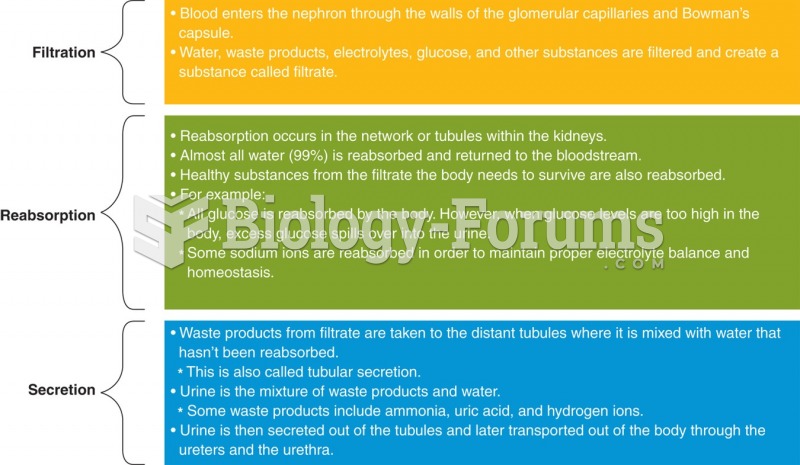Answer to Question 1
Identity formation is the process of determining who a person is and what he or she wants out of life. It is a lifelong process; there are gradual changes in identity throughout the lifetime. Arriving at an identity a person will be comfortable with is one of the most important tasks he or she will ever have to face. Some of the most important issues a person will ever have to face include the following:
1 ) What kind of person he or she wants to be?
2 ) What does he or she want out of life?
3 ) Who is he or she?
Without answers to these questions, a person will not be prepared to make such major decisions as selecting a career, choosing where to live and what type of lifestyle to follow, and deciding whether to marry and whether to have children. One of the best ways to arriving at rational answers to the key questions is to work on arriving at answers to the following questions:
1 ) What is satisfying/meaningful/enjoyable to him or her? This will help to consciously seek activities that make life fulfilling and avoid those activities that are meaningless or stifling.
2 ) What is his or her moral code?
3 ) What are his or her religious beliefs?
4 ) What kind of career does he or she want? Ideally, a person should choose work that is stimulating and satisfying, that he or she is skilled at, and that earns him or her enough money to support the desired lifestyle.
5 ) What are his or her sexual mores?
6 ) Does he or she want to marry? If yes, to what type of person and when? How consistent are the answers here with the other life goals?
7 ) Does he or she want to have children? If yes, how many, and when? How consistent are the answers here with the other life goals?
8 ) What area of the country/world does he or she want to live in? Consider climate, geography, type of dwelling, rural or urban setting, closeness to relatives or friends, and characteristics of the neighborhood.
9 ) What does he or she enjoy doing with his or her leisure time?
10 ) What kind of image does he or she want to project to others? A person's image will be composed of his or her dressing style and grooming habits, emotions, personality, degree of assertiveness, capacity to communicate, material possessions, moral code, physical features, and voice patterns. A person needs to assess his or her strengths and shortcomings honestly in this area and seek to make improvements.
11 ) What type of people does he or she enjoy being with and why?
12 ) Does he or she desire to improve the quality of his or her life and that of others? If yes, in what ways?
13 ) What types of relationships does he or she want to have with relatives, friends, neighbors, and people he or she meets for the first time?
14 ) What are his or her thoughts about death and dying?
15 ) What does he or she hope to be doing 5 years from now? 10 years? 20 years?
16 ) How can he or she achieve the goals that he or she identified here?
The questions are simple to state, but arriving at answers is a complicated, ongoing process. Very few people arrive at rational, consistent answers to all the questions. But having at least contemplated them will provide a reference for people as they embark on life after college.
Answer to Question 2
One approach to self-awareness is identity formation. It is the process of determining who you are and what you want out of life. Identity development is a lifelong process; there are gradual changes in identity throughout the lifetime. During the early years, our sense of who we are is largely determined by the reactions of others (the concept of the looking-glass self).
Glasser indicates that a useful perspective for viewing identity is in terms of a success-versus-failure orientation. Those who develop a success identity view themselves as being generally successful; people who develop a success identity do so through the pathways of love and worth. People who view themselves as a success must feel that at least one other person loves them and also that they love at least one other person. They must feel that at least one other person believes they are worthwhile, and they must feel that they (themselves) are worthwhile. To develop a success identity, a person must experience both love and worth, particularly during childhood. Experiencing only one of these elements (worth or love) without the other can lead to a failure identity. A failure identity is likely to develop when a child has received inadequate love or been made to feel worthless. People with a failure identity are likely to be depressed, lonely, anxious, reluctant to face everyday challenges, and indecisive. However, because identity is a lifelong process, significant positive changes can be achieved, even by those with a serious failure identity.







